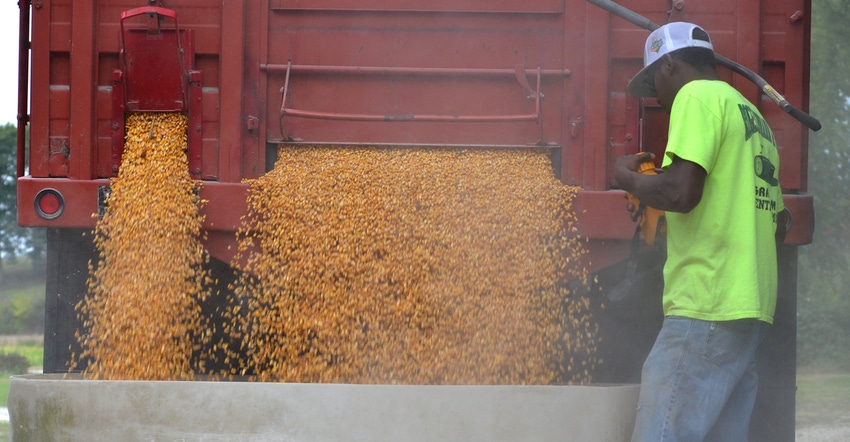
No matter what state you farm in, signing up for USDA’s 2022 Census of Agriculture can help ensure farming for the next generation, says Ryan Milhollin, University of Missouri Extension economist.
Federal, state and local governments — as well as agribusinesses, researchers, trade associations and others — use the data to serve farmers and rural communities, Milhollin says.
The data helps policymakers see emerging trends on topics such as land uses; renewable energy; food marketing practices; young and beginning farmers and ranchers; women, veteran and minority farmers and ranchers; specialty crops; and organic production, he adds. “This helps legislators make decisions that protect the future of agriculture,” Milhollin says.
USDA conducts the survey every five years. It is the only source of uniform, comprehensive and impartial data on agriculture for every county in the U.S., Milhollin says.
Information also shapes agricultural policy and farm programs, including university Extension programs, he adds.
So who else uses this data? Here’s what USDA says:
Farmers and ranchers can use Census of Agriculture data to make informed decisions about the future of their own operations.
Companies and cooperatives use the data to determine where to locate facilities that will serve agricultural producers.
Community planners use the information to target needed services to rural residents.
The Census of Agriculture counts U.S. farms and ranches and the people who operate them. Even small plots of land — rural or urban — that are growing fruit, vegetables or food animals count if the owner raised and sold — or normally would have sold — $1,000 or more of such products during the census year. This information offers a more complete picture of agriculture’s economic impact in the U.S.
USDA notes that it does not publish any data that discloses information about individual farms. However, it does publish counts by zip code.

If you already receive surveys from the USDA National Agricultural Statistics Service, there is no need to sign up. If not, sign up at Census of Agriculture by June 30 to receive a census form. Census forms will be sent to farmers in November and can be returned by mail or securely submitted online.
For more information, call USDA toll-free at 888-424-7828.
University of Missouri Extension contributed to this article.
About the Author(s)
You May Also Like






